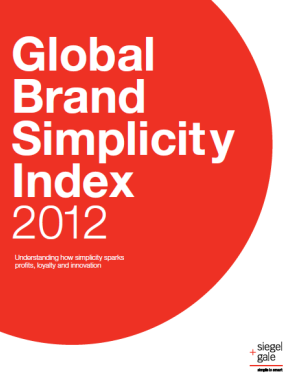 This is the second and final part of a post based upon an article from the Network for Business Sustainability. The article addressed seven aspects of business companies need to demonstrate that they have addresses. Part 1 can be read here.
This is the second and final part of a post based upon an article from the Network for Business Sustainability. The article addressed seven aspects of business companies need to demonstrate that they have addresses. Part 1 can be read here.
[Read more…] about 7 Sections for a CSR Website | Part 2 of 2
 In another effort to lure brands to Facebook as a marketing tool, select brands can now see their fans’ other likes. So far, only big-budget, “priority accounts,” have been given access to this highly coveted data, and Tim Peterson of
In another effort to lure brands to Facebook as a marketing tool, select brands can now see their fans’ other likes. So far, only big-budget, “priority accounts,” have been given access to this highly coveted data, and Tim Peterson of 
 When people talk about brands on Twitter, stock prices move. This high positive correlation between stock performance and volume of Twitter mentions of a brand was just one finding in
When people talk about brands on Twitter, stock prices move. This high positive correlation between stock performance and volume of Twitter mentions of a brand was just one finding in 
 Siegel & Gale’s
Siegel & Gale’s